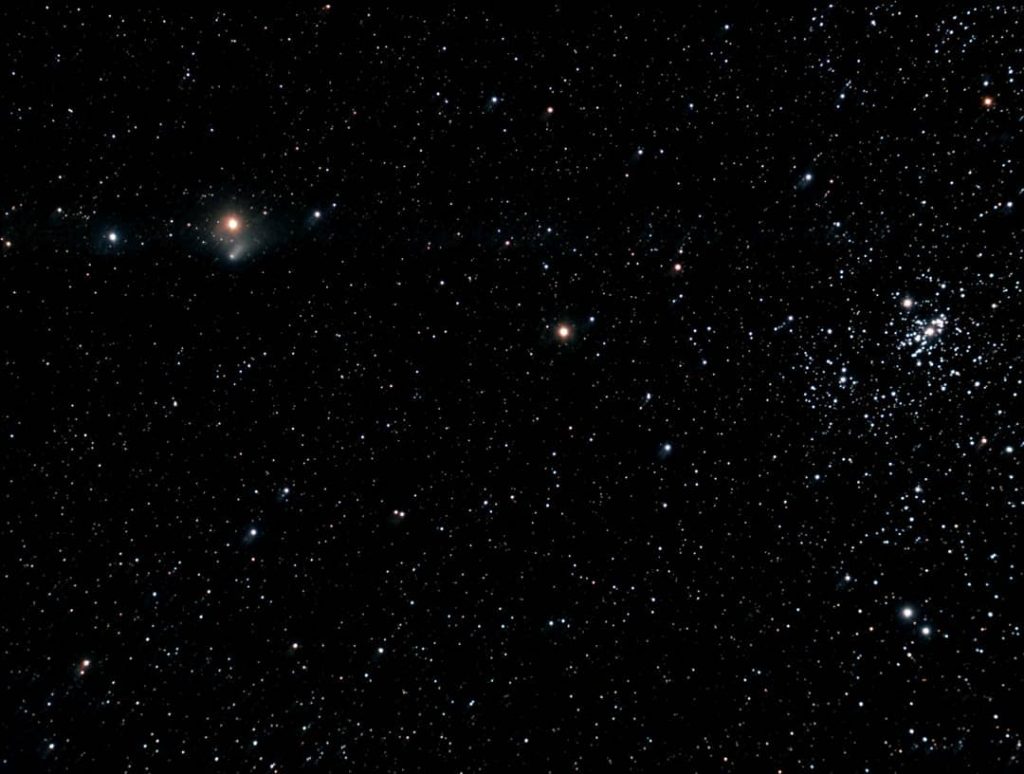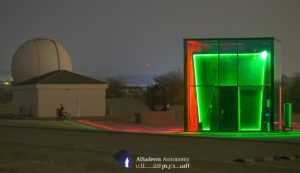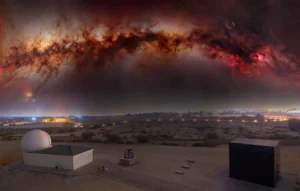We caught sight of C/2017 T2 (PANSTARRS) last January 17, 2020!
The comet was discovered on October 2, 2017, by the PanSTARSS survey when it was just inside Saturn’s orbit, about 8.5 AU away from the Sun; measured approximately between 19th – 20th magnitude.
The comet passed near the Double Cluster of Perseus last January, brightened up to 10th magnitude and it crossed the constellation of Cassiopeia last February. The comet will be visible for the northern hemisphere observers throughout this year’s spring and summer periods. It is expected to reach perihelion—or its closest approach to the Sun— on May 6 this year reaching its prospect brightest of up to 8th magnitude on May 15, well placed in Ursa Major constellation. Past perihelion, it shall eventually cross the other spring-time constellations Canes Venatici in June, Coma Berenices on July and Bootes by August. The comet gradually fades from Earth-view by autumn as it is expected to move south through Virgo, Libra, and Scorpio on the latter part of the year.
Image Taken by @aldrinb.gabuya using Vixen ED115S, and ZWO1600MC from Al Sadeem Observatory, January 17, 202
P.S. A portion of the Double Cluster in Perseus is also seen in the first picture.
References:
https://britastro.org/node/18553
https://www.universetoday.com/144774/catch-comet-t2-panstarrs-this-spring/





